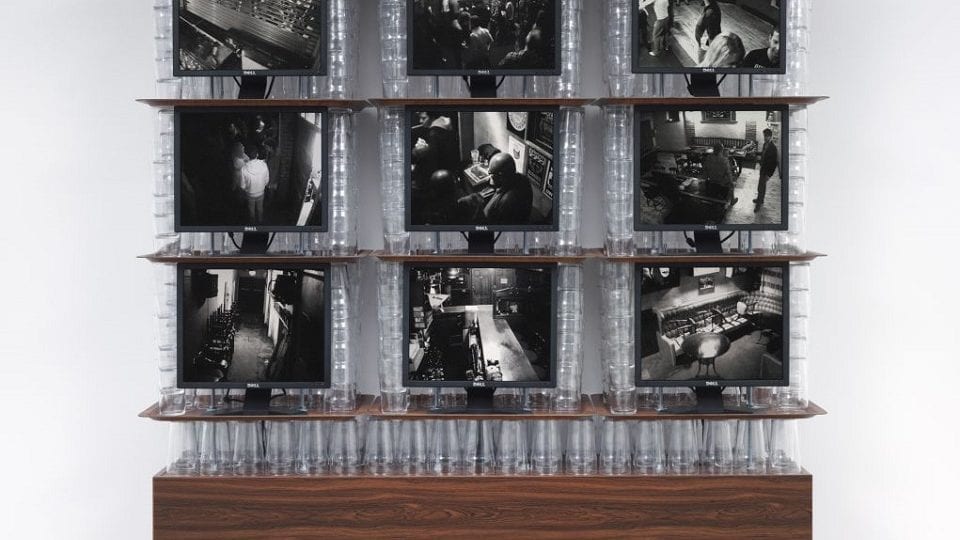A state of permanent surveillance and data sharing has become a fact of life in the modern world, in a way that would have seemed unimaginable or even dystopian only a few decades ago. Video cameras constantly monitor public spaces, while algorithm-driven advertising and persistent cookies react to our everyday transactions on the internet. Every day, millions use Google Maps, watch live streams online or track their progress in health apps, and in the process willingly opt to generate gigabytes of publicly-accessible personal data about their movements, preferences and lifestyles. Social networks track us as avidly as we follow the lives of friends and strangers. Our lives are constantly photographed and visualised in unprecedented ways and to an unprecedented degree.
With the event series Watched! – Surveillance Art and Photography, C/O Berlin and the Deutsche Börse Photography Foundation seeks to address this culture of surveillance, and the bargain that we seem to have made to exchange the sphere of privacy for the benefits of life in the digital world. The question presented is: How can contemporary art and media theory contribute to a better understanding of our modern surveillance society? Artists and media experts will present their responses under seven thematic headings: Privacy vs. Street Photography, The Changing Gaze — From Observation to Surveillance, Taboo: Child Photography, The Public Self, Big Data, Safe/Unsafe, and Surveillance Systems.
With work from around 20 international artists, the exhibition combines emerging practices, represented by young artists such as Julian Röder, Viktoria Binschtok, and Esther Hovers, with the work of internationally-recognised names such as Hito Steyerl, Trevor Paglen, Jill Magid, Hasan Elahi, Paolo Cirio, Adam Broomberg & Oliver Chanarin, James Bridle, and Ai Weiwei. The artists will appropriate and subvert a range of technologies including video surveillance, facial recognition, Google Street View, digital lifelogging, and virtual animation. They probe the need for safety and security, which is frequently used as an argument for increasing surveillance despite the problems of discriminatory controls and criminalisation that follow. The viewer is invited to think about how we can live in a society with diverse networks of surveillance without contributing to the inequalities that surveillance produces.
Watched! – Surveillance Art and Photography,18 February – 23 April, C/O Berlin. www.co-berlin.org
Credits:
1. Ann Sofie Siden, Sticky Floors (Lunch to Last Call). (2014). Courtesy of C/O Berlin.





